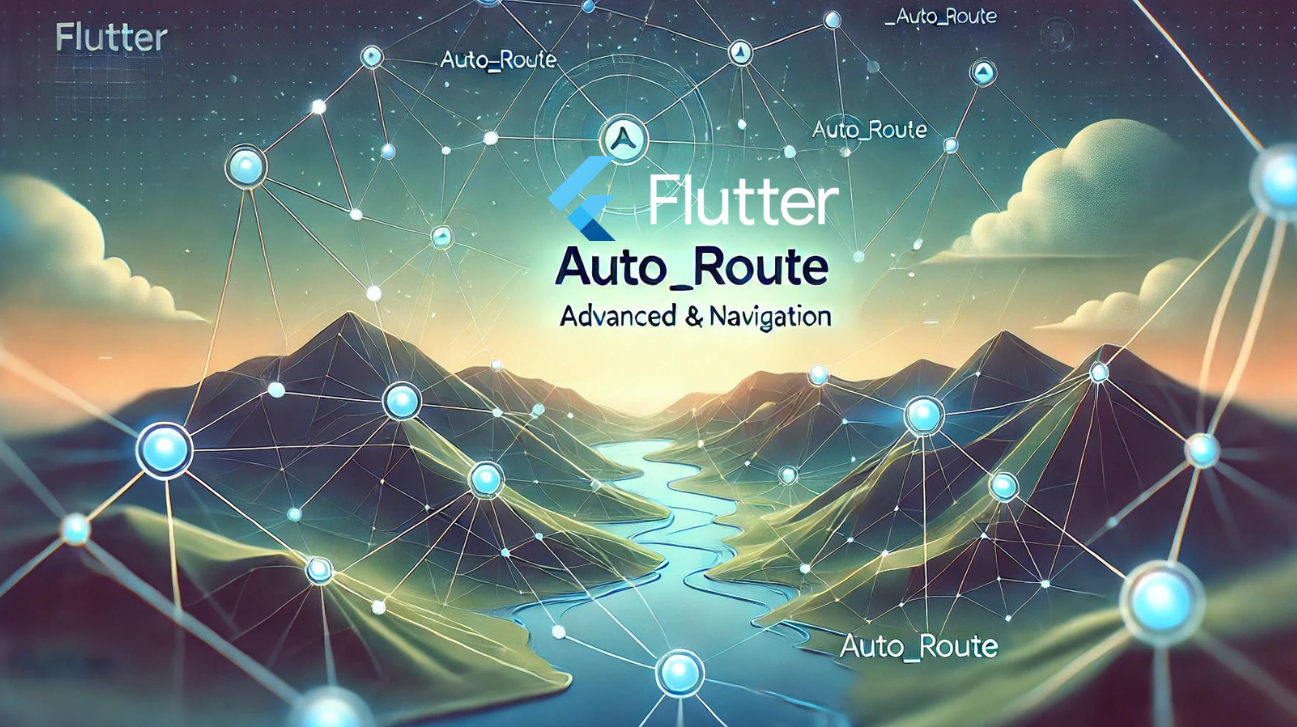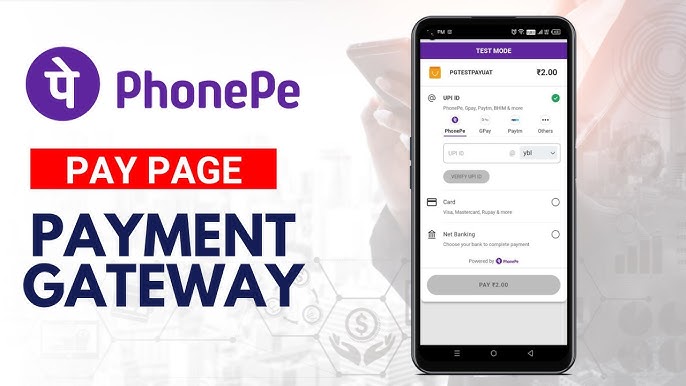The auto_route library in Flutter simplifies and enhances navigation by providing a declarative, type-safe, and flexible way to define and manage routes in your application. It is particularly useful in projects with complex navigation needs, such as nested routes, deep linking, and dynamic route generation. Here’s a breakdown of the use and scenarios for auto_route in Flutter 2.0+ navigation:
Key Features of auto_route:
- Declarative Route Definitions:
- Routes are defined in a single place (centralized route configuration).
- Eliminates boilerplate code for route generation.
- Strongly Typed Navigation:
- You can navigate between screens using type-safe methods, reducing runtime errors.
- Nested Navigation:
- Allows creating multiple navigation stacks, which is essential for apps with tab bars or master-detail layouts.
- Dynamic Routes:
- Supports dynamic and conditional route generation.
- Deep Linking:
- Easily handle deep links by mapping URLs to specific routes.
- Custom Transition Animations:
- Provides extensive control over page transitions.
How to Use auto_route:
- Install the Package: Add the following to your pubspec.yaml:
dependencies: auto_route: ^9.2.2 # Use the latest version auto_route_generator: ^9.0.0 dev_dependencies: build_runner: ^2.4.13 dependencies: flutter: sdk: flutter - Define Routes: Create a Dart file (e.g., app_router.dart) and define your app routes using @AutoRouter annotations.
Run the following command to generate the route files:import 'package:auto_route/auto_route.dart'; import 'package:flutter/material.dart'; import 'home_page.dart'; import 'details_page.dart'; @MaterialAutoRouter( routes: [ AutoRoute(page: HomePage, initial: true), AutoRoute(page: DetailsPage), ], ) class $AppRouter {}flutter pub run build_runner build - Set Up the Router: Use the generated AppRouter in your app’s MaterialApp:
final _appRouter = AppRouter(); class MyApp extends StatelessWidget { @override Widget build(BuildContext context) { return MaterialApp.router( routerDelegate: _appRouter.delegate(), routeInformationParser: _appRouter.defaultRouteParser(), ); } } - Navigate: Use context.router to navigate:
ElevatedButton( onPressed: () => context.router.push(DetailsPageRoute(id: 1)), child: Text('Go to Details'), );
Scenarios Where auto_route Excels
- Large Applications with Many Screens:
- Simplifies route management in apps with multiple features, pages, or navigation flows.
- Deep Linking:
- Supports deep linking for complex URL structures (e.g., myapp.com/home/details?id=1).
- Nested Navigation:
- Essential for apps with a tab-based or drawer-based UI, where each section has its own navigation stack.
- Dynamic Routing:
- Ideal for apps requiring runtime route generation based on user roles or data.
- Custom Page Transitions:
- Use custom transitions (e.g., fade, slide) for specific routes.
- Scalable and Maintainable Code:
- Reduces boilerplate and makes navigation logic more maintainable.
Advantages Over Traditional Navigation
- Eliminates manual route handling with Navigator.push.
- Integrates well with dependency injection and state management libraries.
- Provides centralized route configuration, improving maintainability.


